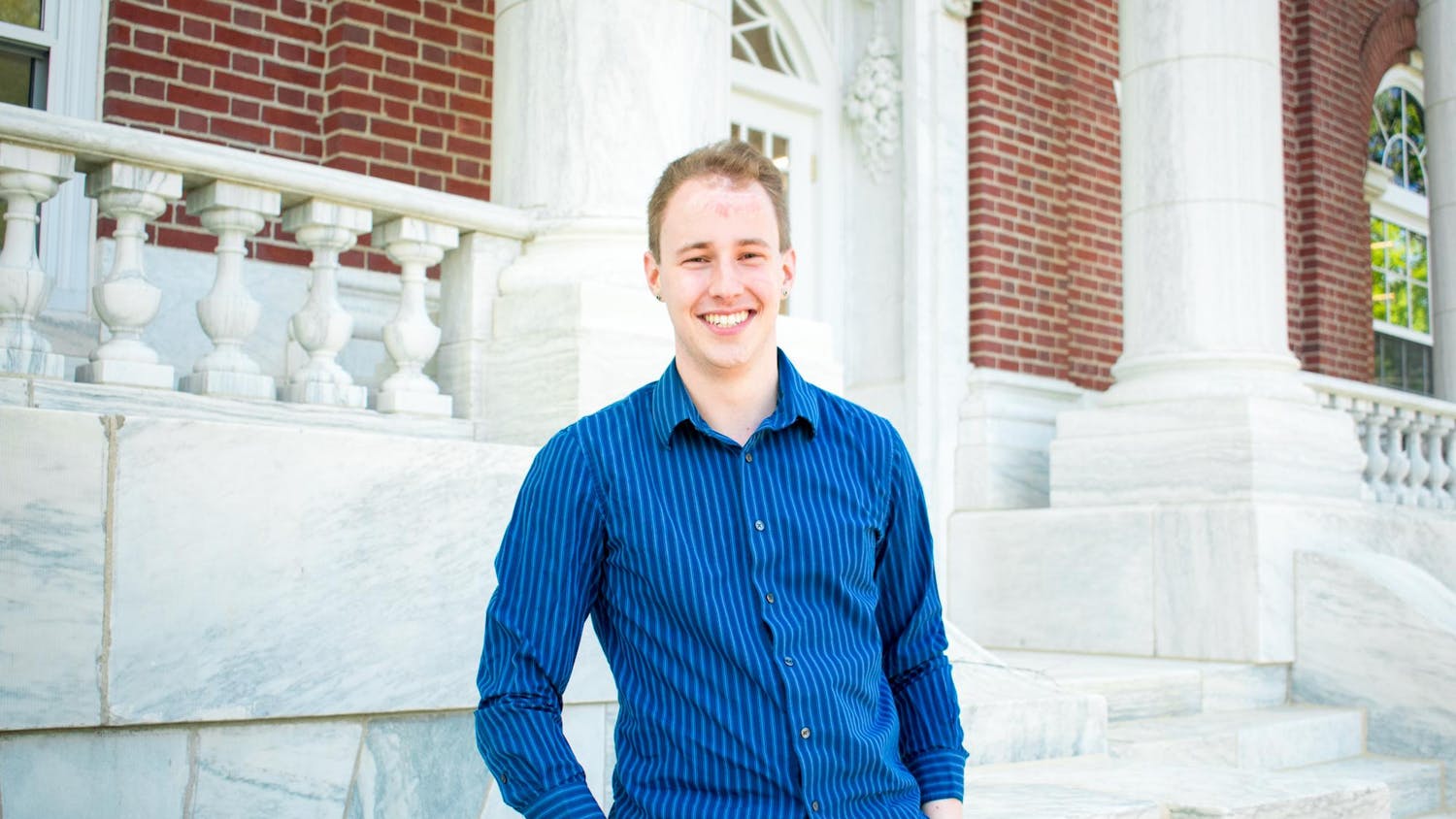Content warning: This article discusses human trafficking.
The Dressember Foundation advocates for everyone to wear a dress or tie for the 30 days of December to fight for an end to human trafficking. Even though this might sound strange, the organization says it has raised over $13 million toward the cause since 2013. Clearly, they are onto something.
Dressember started in 2009 when founder Blythe Hill started to learn more about the horrors of human trafficking but felt helpless to stop it. From the time Hill started hearing about human trafficking, it took her a few years to determine her place in the fight against it. Eventually, she decided to wear a dress every day of December. This one-person stand then turned into an international protest that had 1,233 participants in 2013 and has blossomed into over 32,000 participants since then. Though not necessarily intuitive, Dressember explains their choice of dress as their signature: “The dress is our uniform, the flag of our movement. Dressember is an opportunity to reclaim and reappropriate the dress as a symbol of freedom and power; a flag for the inherent dignity of all people.” To accommodate more people, participants in Dressember can choose to wear the signature dress or a tie. Participants have the freedom to make the Style Challenge their own by using things that they already have in their closet.
While the visibility of the Style Challenge on social media is certainly an important aspect of Dressember for raising awareness of human trafficking, Dressember also uses the challenge to raise money for the cause. It does so in a variety of ways. People who want to help can become an advocate to raise money from others, make a donation directly to Dressember or one of their advocates, dedicate an event like a birthday or wedding so that guests give to the cause or set up a monthly giving plan. While it may be too late to join the fight as an advocate for all of the 31 days of December this year, it is certainly still possible to consider donating.
The funds that Dressember raises are distributed across Dressember’s network of anti-trafficking organizations that have applied and been vetted by Dressember’s Grant Advisory Committee. Dressember recognizes the complicated and intricate nature of the issue of human trafficking, so they work to fight it according to four pillars: advocacy, prevention, intervention and survivor empowerment. The first pillar, advocacy, recognizes that to achieve change, it is necessary to mobilize people by making them aware of the issue. Some tangible ways Dressember moves towards this goal is by, “sharing reliable information, mobilizing the public, using survivor-informed language and verbiage, [providing education] on conscious consumerism, [and] offering tangible action steps.”
Next, Dressember approaches the prevention pillar by finding what makes groups more at risk to trafficking and then attempting to change systems to reduce their vulnerability, including supporting foster youth and LGBTQ+ youth, addressing poverty and racism, and discussing exploitative supply chains. As a part of this plank, Dressember has partnered with organizations including The Freedom Story, Pathfinders and youthSpark.
The following pillar, the intervention pillar, works with local network leaders and tries to, “remove child victims of trafficking from exploitative situations, as well as providing support and exit pathways for trafficked adults.” Dressember goes about this through training front-line workers to be more capable of identifying trafficking red flags, implementing trauma support for trafficking victims and aiding victims of OSEC, or Online Exploitation of Children. Partner organizations that support this cause include Truckers Against Trafficking, the Human Trafficking Report and Businesses Ending Slavery and Trafficking. The final pillar, survivor empowerment, is all about "sustained liberation" for trafficking survivors through offerings like housing, group therapy, job training, educational programs and legal support. Partner organizations that support survivor empowerment include 10 Thousand Windows, the Starfish Project, Love146 and Freedom Network USA.
The beauty of Dressember is not that it will necessarily end the $150 billion human trafficking industry. Instead, it is a collaboration of people coming together in the simple challenge to take a stand against this dire issue in a way that is possible for them. The success of Dressember is in the fact that it is easy for people to get involved and help, which is why it has been able to raise $13 million and recruit over 30,000 people to fundraise since 2013 — all to help put an end to human trafficking.





